|| SP3D Certification Training
The SP3D (SmartPlant 3D) course offers an in-depth introduction to one of the most powerful plant design and modeling software in the industry. Designed for engineers, designers, and professionals in the fields of oil and gas, petrochemical, power generation, and other process industries, this placement-oriented course equips participants with the skills and knowledge necessary to effectively utilize SP3D for plant design projects, ensuring they are job-ready for high-demand roles in engineering and plant design.
The course begins with an overview of SP3D's interface, functionalities, and capabilities, providing participants with a solid foundation to navigate the software environment confidently. Participants will learn how to create and modify plant components such as equipment, piping, structural elements, instrumentation, and electrical systems within the 3D modeling environment.
Throughout the course, participants will gain hands-on experience with SP3D through practical exercises and real-world examples. They will learn fundamental modeling techniques, including component creation, placement, and modification, as well as advanced modeling topics such as complex piping arrangements, structural design, and instrumentation integration. This hands-on, placement-focused training enhances practical skills and placement opportunities in top engineering firms.
Participants will also learn how to integrate SP3D with P&ID software for seamless data transfer and consistency between the P&ID and 3D plant model. They will explore clash detection and resolution techniques to identify and resolve conflicts between different components efficiently.
Additionally, the course covers project setup and configuration, data management, collaboration tools, and best practices for efficient plant design using SP3D. Participants will gain insights into industry standards and workflows, enabling them to effectively apply SP3D in real-world engineering projects while benefiting from BIT’s dedicated placement cell and career guidance.
By the end of the course, participants will have the skills and knowledge to create, manage, and modify plant designs using SP3D, enhancing their capabilities, career prospects, and placement opportunities in the field of plant design and engineering. Whether participants are new to SP3D or seeking to enhance their proficiency, this course provides a comprehensive introduction to SP3D's capabilities and applications in the industry.
Please contact the nearest BIT training institute or send an email to inquiry@bitbaroda.com with any additional questions you may have regarding our SP3D training course. We offer a free demo by calling us at +91-9328994901. We offer top-notch SP3D classes with placement support in Vadodara-Sayajigunj, Vadodara - Waghodia Road, Vadodara - Manjalpur, Ahmedabad, Anand, and Nadiad.



 4.8 (21,636) reviews
4.8 (21,636) reviews


 Read more
Read more 
